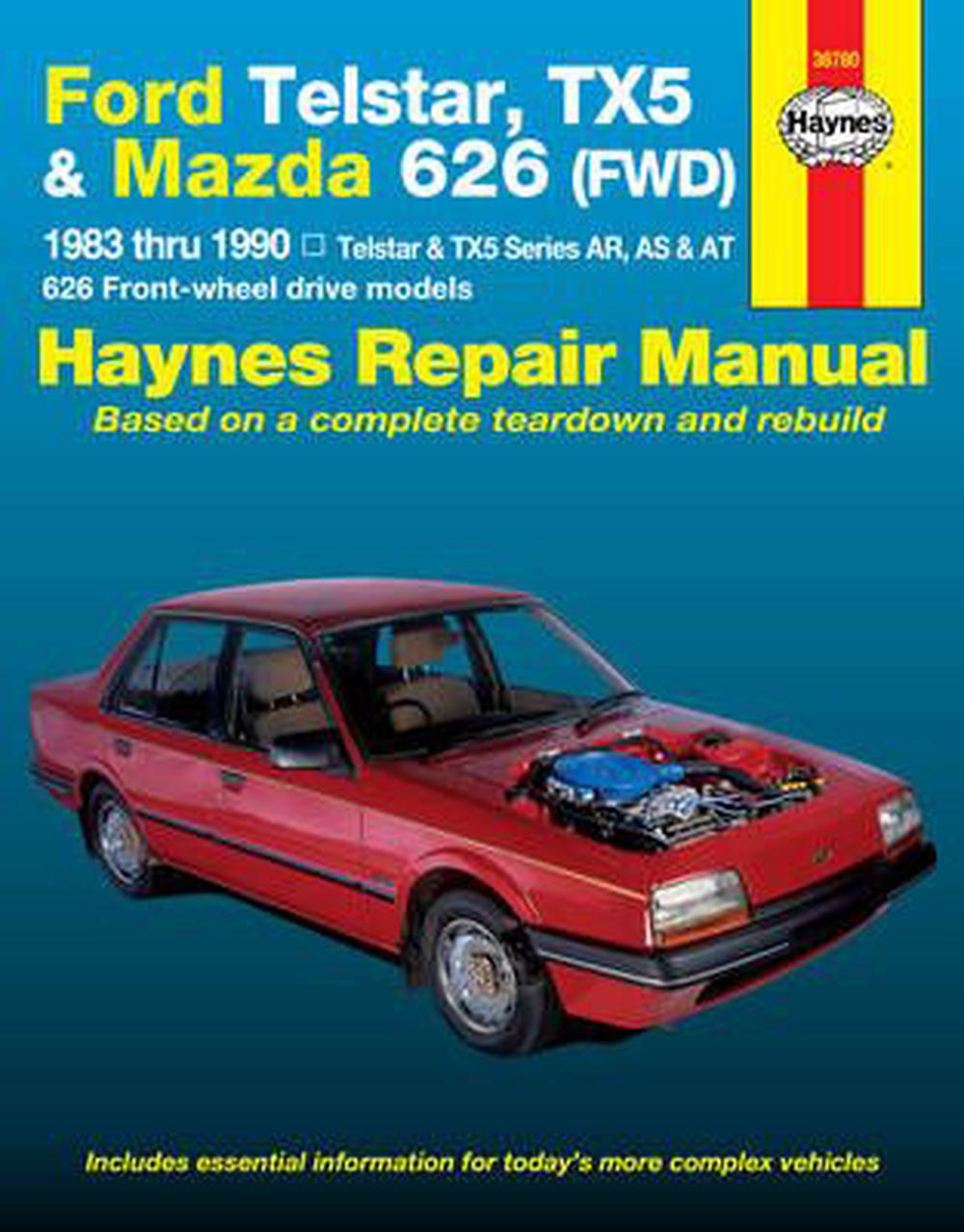

Of the local automakers, only Mitsubishi didn’t participate. The Button Plan aimed to cut that number of protected vehicles to six models and thus force the industry to consolidate and double down on a few different cars, strengthening the local automakers and their products’ competitiveness before tariffs were to be gradually reduced. Thirteen models had been assembled by various manufacturers, including the Ford Falcon and Holden Commodore, and import quotas and tariffs had been instated to protect them. The government consulted with automakers and announced the plan in 1984. This plan was called the Motor Industry Development Plan, but was popularly known as the Button Plan. To cut a long story short, Senator John Button spearheaded a federal government plan to rationalize the industry and lower the level of protection. The Australian car industry had previously been heavily protected, with tariffs driving up the cost of imports.

Mitsubishi left in 2008, but Nissan pulled out much earlier in 1992. A few years ago, though, Australia had an even larger automotive industry, with both Mitsubishi and Nissan building cars domestically. And there’s quite a bit more that needs to be explained…Īs you may be aware, Ford, General Motors and Toyota all manufacture cars in Australia, although not for much longer. The subject of my photographs is a Ford Corsair ‘superhatch’, a rebadged version of the Aussie-built Nissan U12 Pintara, sold from 1989 until 1992. I was surprised to see one in the metal, as they are a rare sight nowadays.

After all, it is a peculiar Australian-only body style of a Japanese sedan with an American badge, using an old English name. This is a car that must have you scratching your heads.


 0 kommentar(er)
0 kommentar(er)
